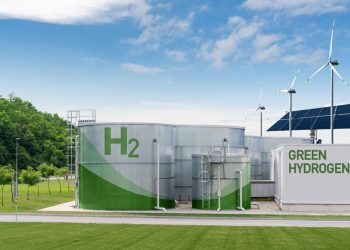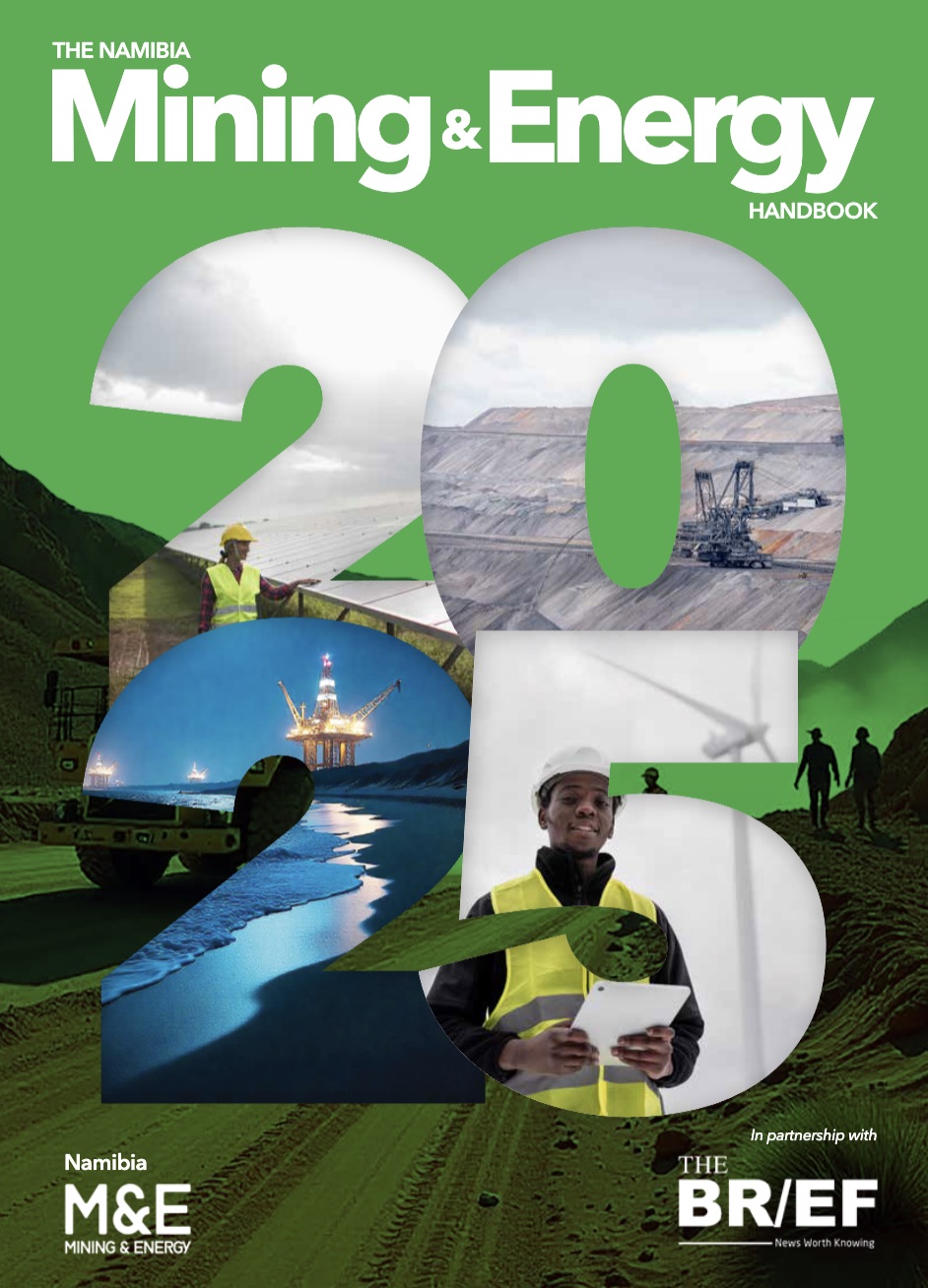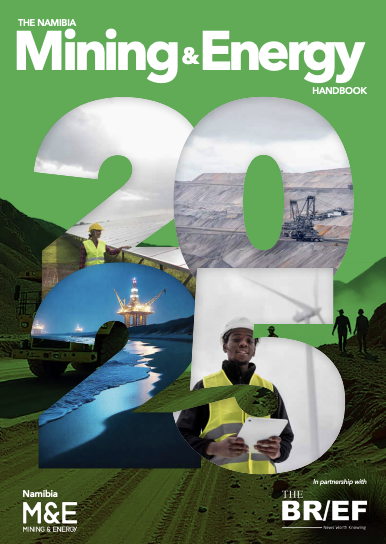
In the pursuit of sustainable energy sources, wind power has emerged as a frontrunner, offering a renewable alternative to traditional fossil fuels. A pivotal tool in harnessing the potential of wind energy is the Meteorological Mast, commonly referred to as a Met Mast.
These towering structures serve as indispensable instruments for evaluating wind resources, crucial for the development of wind energy projects. The recent launch of a Met Mast wind campaign in Namibia marks a significant milestone in the journey towards a greener future, paving the way for the expansion of wind energy initiatives and its integration into various sectors, including the production of green hydrogen. This article delves into the technical aspects of met masts, the importance of wind data collection campaigns, and the role of wind energy in facilitating green hydrogen production.
Understanding Met Masts
A Met Mast is a towering structure equipped with an array of instruments, designed to collect comprehensive meteorological data crucial for assessing the potential of wind energy at a given location. These parameters include wind speed, direction, temperature, humidity, pressure, and solar irradiation. The data is essential for evaluating the viability of wind energy projects by providing insights into the characteristics of the wind resource, such as its speed, variability, and seasonal patterns, typically over a period of at least 12 months.
Technical Design and Components
The technical design of a Met Mast is meticulously engineered to withstand harsh environmental conditions while accurately capturing essential data. The foundation of each Met Mast covers approximately 1.5m² and reaches a depth of 0.6m, with variations based on geotechnical conditions and soil stability. Typically made from pre-cast reinforced concrete, these foundations ensure stability and longevity even in adverse weather conditions. Additionally, multi-coloured markings are often utilised for aircraft visibility, ensuring safety compliance.
Met Masts are equipped with an array of sensors and instruments, including anemometers for measuring wind speed, wind vanes for determining wind direction, and sensors for monitoring temperature, humidity, pressure, and solar irradiation. A data logger, coupled with solar panels, facilitates continuous data collection and storage, enabling thorough analysis and interpretation of meteorological parameters. Additionally, the incorporation of pyranometers allows for the assessment of solar radiation, complementing wind data for comprehensive resource evaluation.
Technical advancements in Met Mast design and instrumentation have enhanced the accuracy and reliability of wind data collection, enabling informed decision-making and risk mitigation in wind energy projects. The data obtained from these campaigns serve as the foundation for resource assessments, site selection, and energy yield predictions, ultimately maximising the efficiency and profitability of wind energy developments.
Significance of Wind Data Collection Campaigns
The deployment of met masts, accompanied by comprehensive wind data collection campaigns, holds immense significance for wind energy projects. In a substantial stride towards unlocking wind energy potential, a recent ground-breaking wind campaign, spearheaded by HYPHEN, has been launched in Namibia. This campaign aims to revolutionise wind energy production and underscores the company’s commitment to sustainable energy solutions. The deployment of ten 120m Met Masts and two Lidar sensors by HYPHEN, across designated land parcels represents a significant investment, reflecting the importance of accurate data in decision-making for wind farm development.
The extended duration of these campaigns, with data collection spanning a minimum of 12 months, is essential for understanding the seasonal variations in wind resources. This data is invaluable for optimising turbine placement, determining the most suitable turbine models, and estimating energy production potential with high precision. Furthermore, this extensive data collection period allows stakeholders to assess the long-term viability and reliability of wind resources, essential for project planning, financing, and operational optimisation.
Additionally, the significance of the HYPHEN campaign transcends mere technological innovation. The integration of bat monitoring sensors in HYPHEN’s Met Mast campaign reflects a commitment to environmental stewardship, facilitating comprehensive environmental impact assessments and ensuring compliance with regulatory requirements.
Role of Wind Energy in Green Hydrogen Production
The significance of wind energy extends beyond electricity generation, with its potential to drive the production of green hydrogen – an environmentally friendly alternative to conventional hydrogen production methods reliant on fossil fuels. Green hydrogen is produced through electrolysis, wherein electricity generated from renewable sources, such as wind power, is used to split water molecules into hydrogen and oxygen.
Wind energy’s intermittent nature aligns seamlessly with the electrolysis process, allowing surplus electricity generated during periods of high wind availability to be utilised for green hydrogen production. This synergy between wind energy and green hydrogen offers a pathway towards decarbonising various sectors, including transportation, industry, and heating, by replacing fossil fuels with clean hydrogen fuel.
The launch of Met Mast wind campaigns plays a pivotal role in advancing wind energy projects, thereby facilitating the expansion of green hydrogen production infrastructure. By accurately assessing wind resources and optimising energy production, wind energy projects contribute to the scalability and affordability of green hydrogen, driving the transition towards a sustainable and carbon-neutral energy landscape. By harnessing the power of wind, coupled with innovative technologies and strategic investments, Namibia can pave the way towards a cleaner, more resilient, and sustainable energy ecosystem for generations to come.
* Theopolina Kapani is Head of Technical and Construction at the Namibia Green Hydrogen Programme







